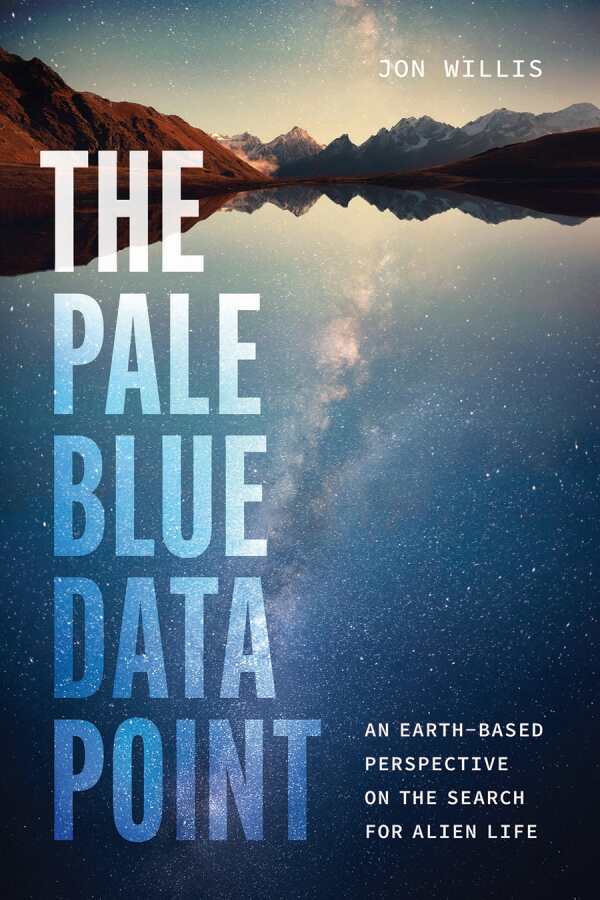The Pale Blue Data Point
An Earth-Based Perspective on the Search for Alien Life
Astrobiologist Jon Willis’s The Pale Blue Data Point investigates the diverse paths through which scientists have attempted to discover extraterrestrial life.
Beginning with the ancient question of the existence of life-forms beyond Earth, this is a retrospective on creative methods of probing for alien life signatures. The book is organized in accordance with the variables involved in the infamous Drake equation, a model created to predict the likelihood that alien life exists. Some variables, like the fraction of stars in the Milky Way containing planets, have been confirmed with near certainty. Others, like the number of such planets with optimal conditions for life, are subject to often fierce debate and have provoked complicated questions about the definition of life itself. The book explores these abstract inquiries with stimulating, and often unexpected, highlights from Willis’s own fieldwork in locations as far-flung as the trenches of the Pacific Ocean, the high deserts of Chile, and remote outcrops in Western Australia.
Though brief, the book shines in its attention to scale, shifting with ease between sensory-rich observations drawn from life, microhistories of major scientific personalities and engineering marvels, and technical descriptions. The connection between Earth’s deep-sea life and the possibilities of species thriving on ocean worlds like Jupiter’s moon Europa, for example, is brought to human scale through Willis’s reminiscences of his time aboard a deep-sea research vessel. The book’s sheer range—it touches on exoplanet diversity, the plausibility of microscopic life beneath Mars’s surface, and even the useful application of dolphin language to alien communications—results in endless stimulation but risks stretching the depth of the analysis too thin.
Rich with firsthand fieldwork and unexpected connections, The Pale Blue Data Point is a thorough primer on humanity’s centuries-long search for alien life in the observable universe.
Reviewed by
Isaac Randel
Disclosure: This article is not an endorsement, but a review. The publisher of this book provided free copies of the book to have their book reviewed by a professional reviewer. No fee was paid by the publisher for this review. Foreword Reviews only recommends books that we love. Foreword Magazine, Inc. is disclosing this in accordance with the Federal Trade Commission’s 16 CFR, Part 255.

